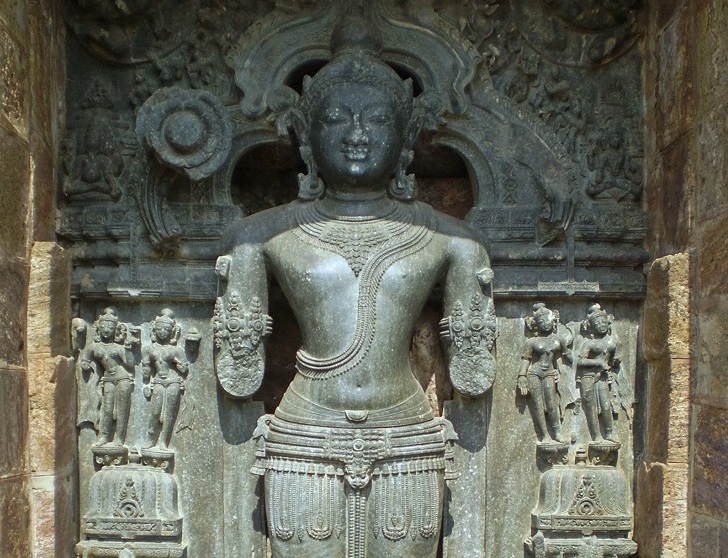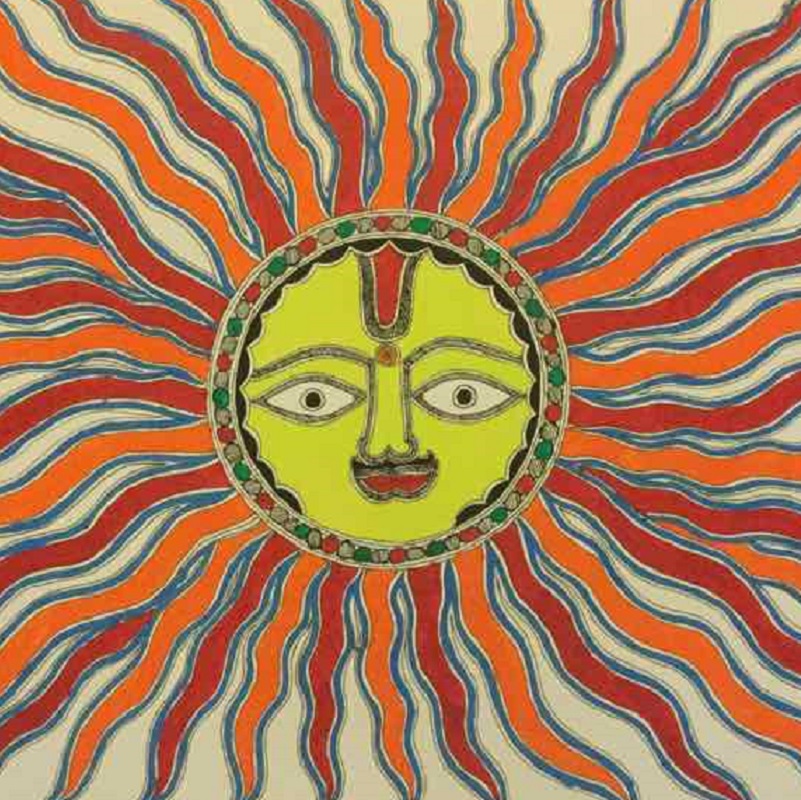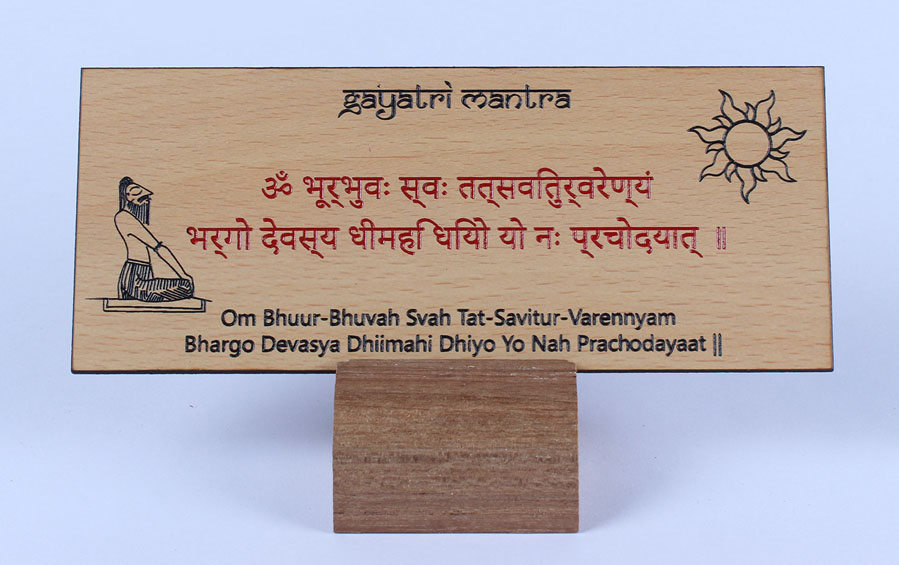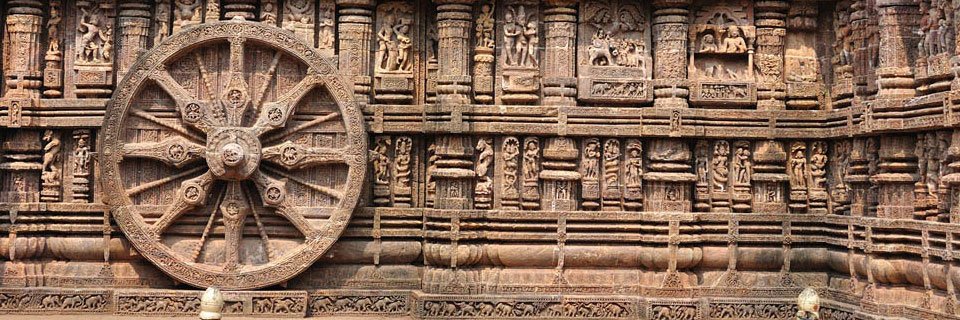Picture Source: Himalayan Institute
In many cultures, light has long been a symbol of consciousness and self-illumination. Our primary source of light is, of course, the sun. In India, the Rig Veda, The Sun is worshipped in India from ancient time. The earliest reference to Surya in India, appears in the Rigveda, the oldest of the Vedas (estimated to date back 1500 to 1200 BCE) declares that Surya is the Soul, both of the moving and non-moving entity.

Sculpture of Surya from Konark, Odisha |Picture Source: Wikimedia Commons 
Madhubani Painting of Surya Bhagwan 
Surya Namaskar|Picture Source: Alphamale.co 
Surya Puja
The beautiful Vedic prayer known as the Gayatri Mantra addresses the sun as “the one who illuminates our minds.” Gayatri Mantra – a universal prayer enshrined in the RigVeda is dedicated to the Sun Deity. In the mantra, the Divine (Sun deity) is praised, and then meditated upon in reverence and finally an appeal is made to awaken and strengthen the intellect, the discriminating faculty of man, as the Sun enlightens all realms (physical, mental and spiritual).

In yoga, Surya Namaskar, or Sun Salutation, is a blend of harmonious yoga postures (asanas) that energise the body, build strength and relax the nervous system. Besides good health, Surya Namaskar also provides an opportunity to express gratitude to the Sun. The asana sequence originated in the Hatha Yoga tradition on 9th century in India.

One can find many temples, all over India, dedicated to the worship of Surya. The most famous Surya temple in India is the Konarak temple in Odisha. Sun Temple of Konark of Odisha is renowned throughout the world for its stone sculptures. The temple was designed in the shape of a huge chariot drawn by 7 mighty spirited horses on 12 pairs (total 24 wheels) of gorgeously decorated wheels at its base. The size of the wheel is of 9 feet 9 inches in diameter and each one of them having 8 wider spokes and 8 thinner spokes.

Many festivals are dedicated to Lord Surya. Makar Sankranti is one of the ancient Indian festivals celebrated in various parts of India.
In Vedic traditions, the day of Uttarayan i.e. Makar Sankranti is considered very auspicious. Uttarayana means walking towards the north. Makar means Capricorn and Sankranti is transition. It is the day when sun begins its movement away from the Tropic of Capricorn, towards the Northern Hemisphere. Makar Sankranti festival is the celebration of the ascent of the sun into the northern hemisphere. It falls every year on Jan 14/15.
Significance of Makar Sankranti:
Makar Sankranti festival is very much related to our life. This is a festival which has not only religious but also cultural significance.

- This festival marks the end of the winter months and the beginning of spring – the warmer months. In ancient times, it was the time when the shift of the sun resulted in longer days. So, it is a celebration of the change of seasons – from Shishir Ritu, the season of biting cold- a harsher to a milder climate. A sign of hope and positivity.
- Makar Sankranti marks beginning of warmer and longer days and shorter nights. This festival is celebrated in honor of Surya (the Sun God) to pay tribute for the grace of his energy that has enabled life and food on earth. There wouldn’t be life on this planet without the Sun, and hence, the thanksgiving gesture. The festival is a tribute to the symbol of light, positive energy and prosperity .
- This festival also marks the harvesting time of Rabi crops, that is, the crops of the winter season. It is a time of joy, abundance, and celebration in the farming communities, the time when they reap the fruits of their hard labor.
Chhath is another Hindu Festival dedicated to Surya. Bihar is the center and birthplace of the 4-day long festival.
Surya bears great significance in the great Indian epics as well.
For more details on the relationship of Indian Culture and Surya – the Sun God – the ultimate source of life and energy check out the article “In The Name of The Sun” written by Akshay Chavan HERE published by Live History India.


